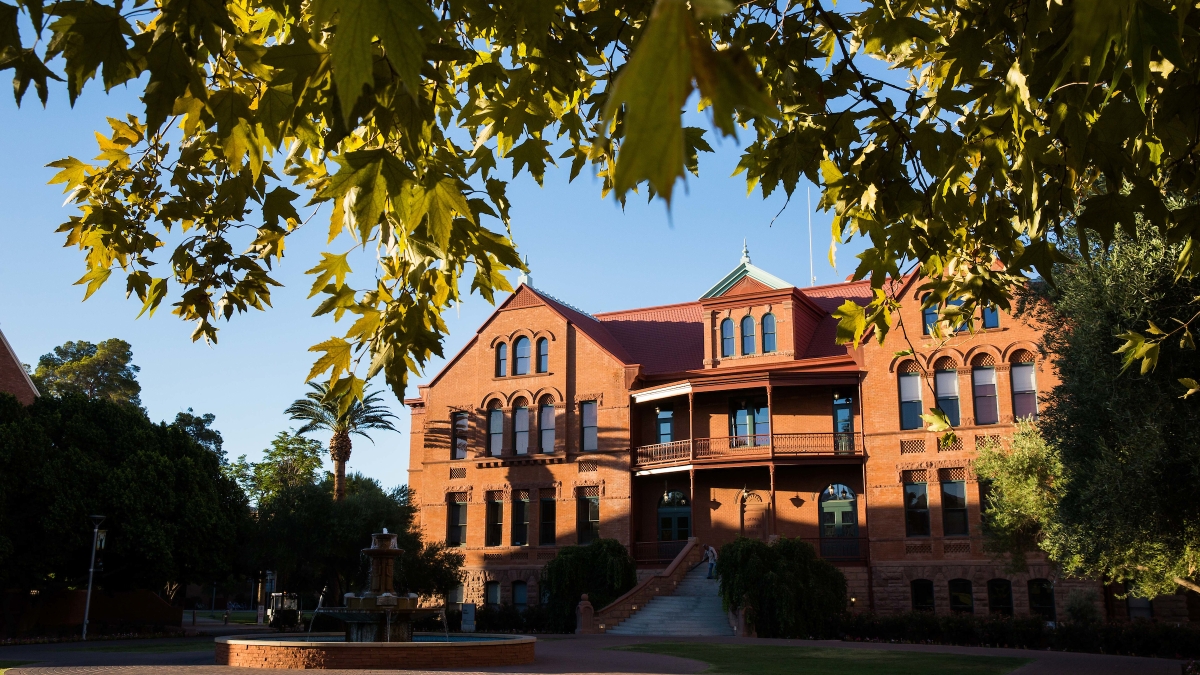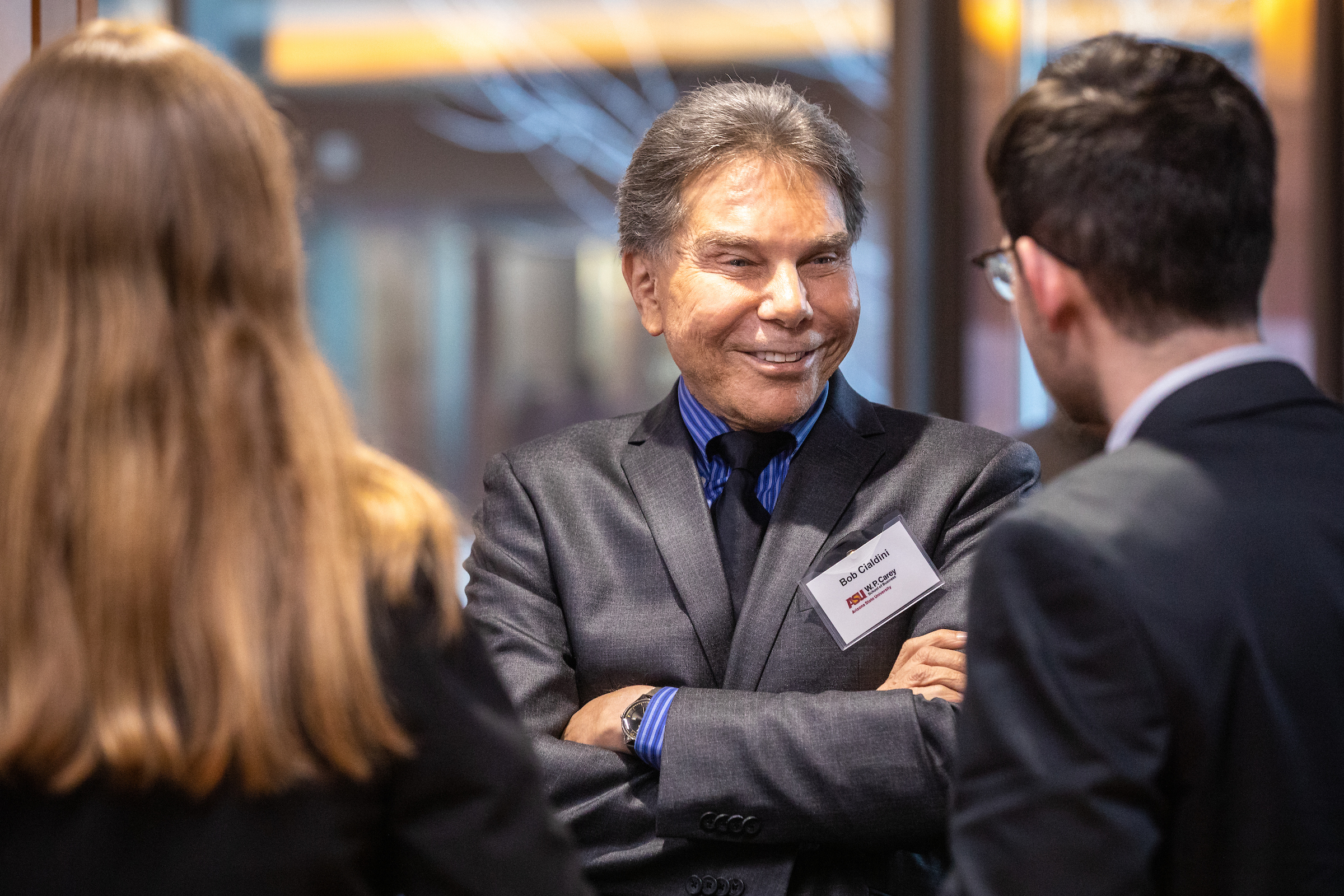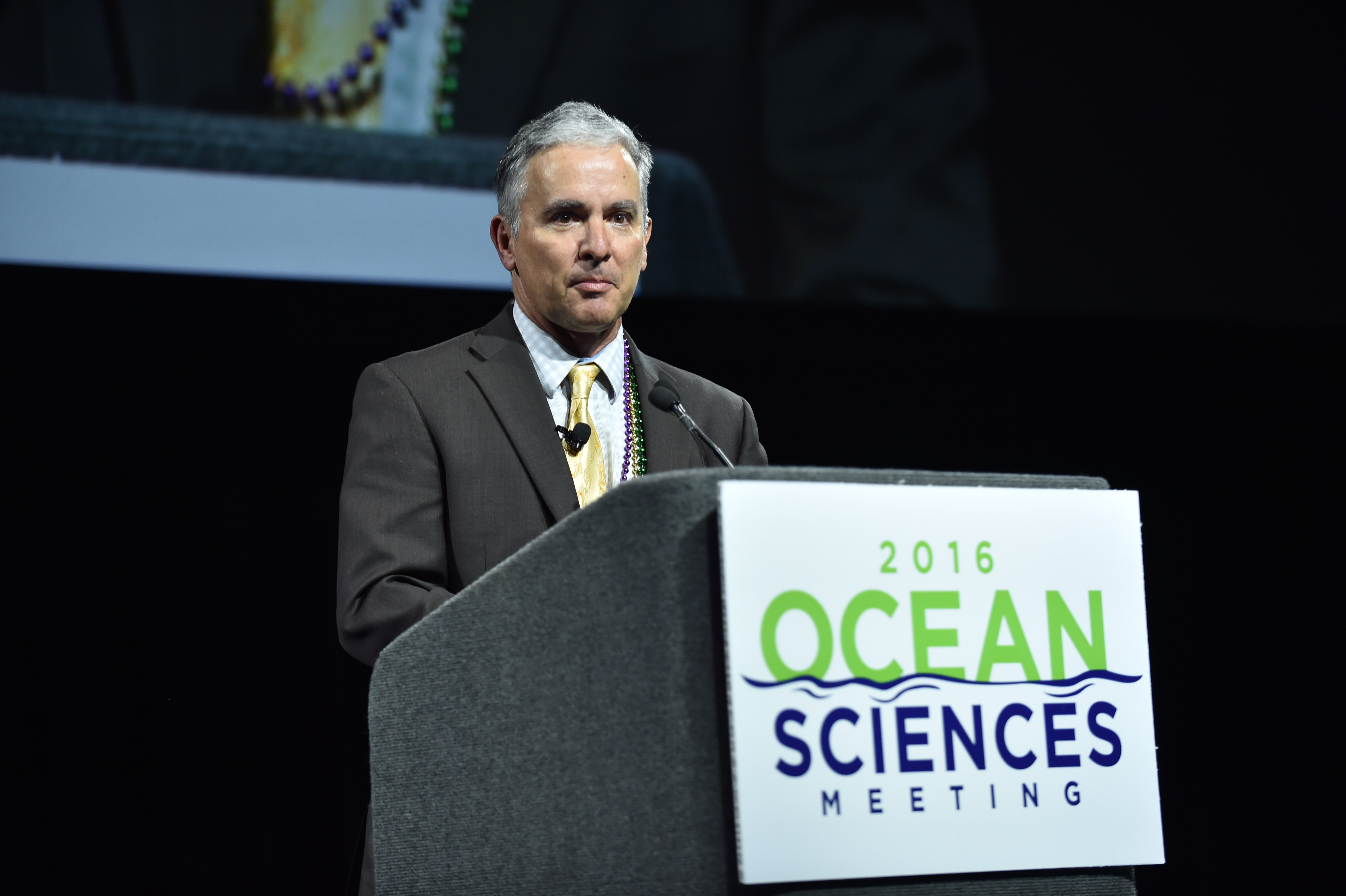Trio of ASU professors elected to National Academy of Sciences
Scholars recognized for distinguished, continuing achievements in original research

Being elected to the National Academy of Sciences is one of the highest honors for a scientist, but it also means that members are qualified to inform the president and Congress about issues related to their expertise.
Three Arizona State University researchers can now add that accolade to their already celebrated resumes.
Professors Robert Cialdini, James Elser and Nancy Grimm have been named newly elected members of the National Academy of Sciences. The academy announced Tuesday the election of 100 new members and 25 foreign associates in recognition of their distinguished and continuing achievements in original research.
It’s not the Nobel Prize, but it's the closest thing for some scientific fields.
“These great and inquisitive minds have moved the research in their fields forward, and this honor reflects their achievements,” said Mark Searle, executive vice president and university provost at ASU. “To look at questions in new and intriguing ways and to conduct innovative research, combines to create work that changes the intellectual landscape.”
The National Academy of Sciences (NAS) is an honorific society of distinguished scholars engaged in scientific and engineering research dedicated to the advancement of science and technology and to their use for the general welfare of society.
Elections take place annually, and new members are nominated and voted on by existing members.
Although no formal duties are involved, members of the NAS are invited to participate in the governance and advisory activities of the academy and contribute or edit pieces for their journal, Proceedings of the National Academy of Sciences of the United States. It is one of the world’s most cited and comprehensive multidisciplinary scientific journals, publishing more than 3,200 research papers annually.
Robert Cialdini talks with students before the Feb. 19 naming ceremony of the Robert B. Cialdini Behavioral Research Lab in the W. P. Carey School of Business in Tempe. The lab enables students to develop and test theories in consumer behavior in realistic experimental situations. Photo by Charlie Leight/ASU Now
For Cialdini, a Regents' Professor emeritus in the departments of psychology and marketing, the honor is icing on the cake for a career that started in the late 1960s.
“There’s a combination of feelings in that I’m deeply gratified and, secondly, thrilled by it,” said Cialdini, whose research in developing and testing theories of consumer behavior is considered groundbreaking by his peers. That research is also the reason why the W. P. Carey School of Business Department of Marketing opened the Robert B. Cialdini Behavioral Research Lab, which has conducted over 10,000 hours of research and more than 200 separate behavioral experiments.
Cialdini was hired by ASU’s Department of Psychology in 1971 but in the mid-1980s was asked by the W. P. Carey School of Business to apply his research to consumer behavior and the science of influence.
“I am a fortunate man to be able to do something as interesting as this and get paid for it,” Cialdini said.
ASU Professor Nancy Grimm visits an urban wetland in the Phoenix area. Photo by Tim Trumble
Grimm said she was in New Mexico with her husband and recovering from a bad cold when she got the news.
“I was making coffee when the phone rang and because I didn’t recognize the number, I didn’t answer,” said Grimm, the Virginia M. Ullman Professor of Ecology in the School of Life Sciences and a senior sustainability scientist. “It turned out to be an ASU colleague who is a member of the NAS, and (he) left a message for me to call him.”
When Grimm was given the news, she instantly perked up and any aches or pains she had suddenly disappeared.
“I had started drinking my coffee but instead ended up sharing a celebratory glass of Champagne with my husband,” she said.
The NAS elected Grimm for her work in urban ecology, a relatively new field that took off in the 1990s. Earlier this month Grimm and nine others won the 2019 Sustainability Science Award from the Ecological Society of America for providing an international perspective on how ecological research focused on urban areas can improve sustainability. She was the founding principal investigator of ASU’s Central Arizona–Phoenix Long-Term Ecological Research (CAP LTER) project, now in its 21st year.
Grimm’s NAS selection is also historic — 40% of the newly elected members are women, the most ever elected in one year to date.
“I think it’s fantastic and high time,” Grimm said. “In my graduate school years, it often felt like I was the only woman in my field, but that’s changed a lot. Women have contributed greatly to science and are finally being recognized — I am glad to be a part of that.”
ASU Research Professor James Elser speaks at the 2016 Ocean Sciences Meeting in New Orleans. Photo courtesy of James Elser
Elser, a research professor in ASU’s School of Life Sciences since 1990, said he was “shocked, dumbfounded and excited” when given the big news.
“I’m very proud not only for me but for all of the students I’ve worked with over the years that were along for the journey,” Elser said from Montana, where he is the Bierman Professor of Ecology at the University of Montana and the director of Flathead Lake Biological Station in Polson, Montana.
Elser, who is currently on appointment with ASU’s School of Sustainability, was a key player in the development of the theory of ecological stoichiometry, which considers how the balance of energy and elements influences living systems. He and his international team of collaborators seek to understand how the coupling of carbon, nitrogen and phosphorus shapes the ecology and evolution of living things.
He played a major role in establishing ASU’s Sustainable Phosphorus Alliance and is now its director. Through these efforts, he seeks to help create a sustainable food system by closing the human P cycle.
“ASU is proud to count these three as part of our community,” Searle said. “This is a well-deserved honor.”
Top photo by Deanna Dent/ASU Now
More Science and technology

ASU author puts the fun in preparing for the apocalypse
The idea of an apocalypse was once only the stuff of science fiction — like in “Dawn of the Dead” or “I Am Legend.” However these days, amid escalating global conflicts and the prospect of a nuclear…

Meet student researchers solving real-world challenges
Developing sustainable solar energy solutions, deploying fungi to support soils affected by wildfire, making space education more accessible and using machine learning for semiconductor material…

Miss Arizona, computer science major wants to inspire children to combine code and creativity
Editor’s note: This story is part of a series of profiles of notable spring 2024 graduates. “It’s bittersweet.” That’s how Tiffany Ticlo describes reaching this milestone. In May, she will graduate…


